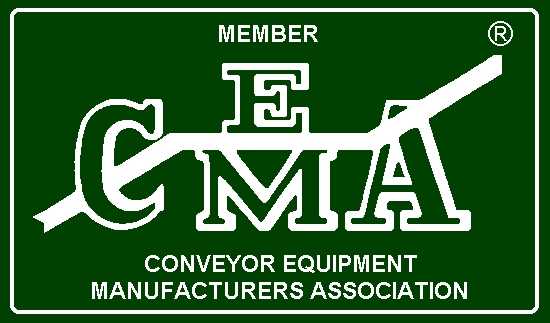CEMA is the acronym for Conveyor Equipment Manufacturers Association. Created in 1933, this association of manufacturers had the goal of sharing information and best practices in their industry. They also have strong ties to the Material Handling Industry Association (MHI). The MHI is formed by companies and professionals in the material handling business (distribution centers, airports, factories in general, mail companies, etc), but their focus is far away from bulk solids and nears towards package handling. The nature of CEMA standards is very practical, meant for straight application. They provide dimensions, formulas and calculation charts. Even things that any mechanical engineer knows, like sizing a shaft, are given in graphs so that any mid-level technician may use them. Many manufacturers have copied the CEMA standards, but don’t realize that a pdf downloaded through torrent or a technical catalogue from Martin Sprocket or KWS won’t provide any assurance to the client. How does he know the standards are being followed and if those parts will be compatible with others? Only the membership can provide that assurance. We also have the standards by the International Standardization Organization (ISO). In theory it is an NGO, but it has consulting status by the UN, and its members (the national organizations in 163 countries) have an important weight in the regulations of their local governments. It has existed since 1947 and its standards cover almost every human activity. The standards are of voluntary compliance, but respecting them gives a good backup to our technical decisions. In some issues the standards of both organizations overlap each other, but generally the ISO is more theoretical. They give testing procedures and calculation equations of a high level, finding a better application in ambitious infrastructure projects (like very long belt conveyors) than in a humble mill. However, a high-level technician should know them, or at least know that they exist. Maybe the reader knows the ISO 9000 quality standards. Well, these standards basically say you have to write everything you do and always do as it is written, but nowhere does it say what is right and what is wrong. For that purpose, it is better to apply the principles of Lean Six Sigma, which gives specific tools for process improvement. The best choice is to combine both approaches. In the next section will give more details about these standards.

